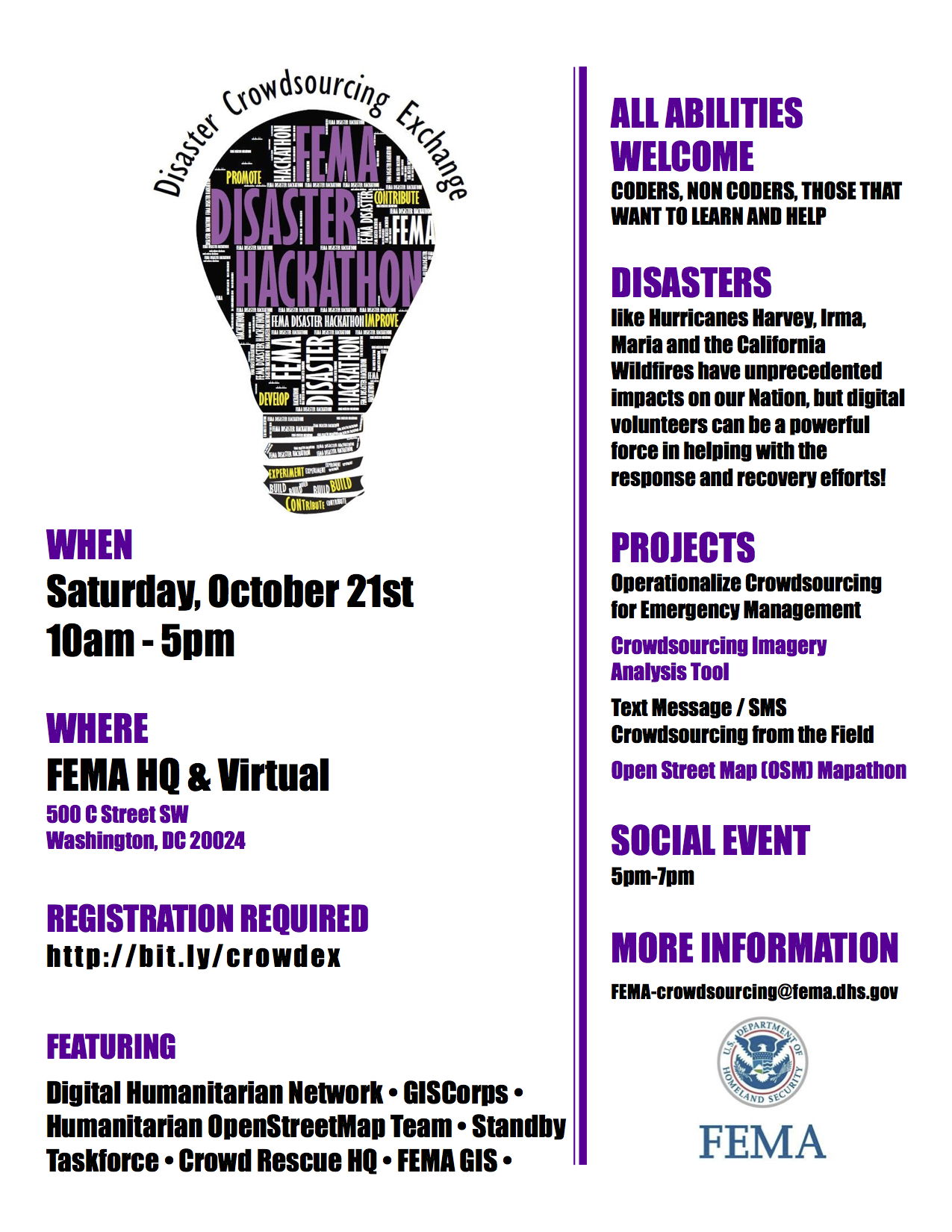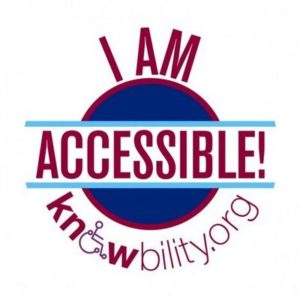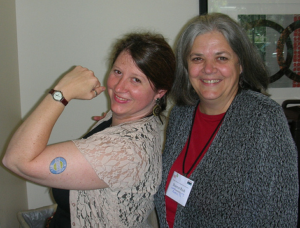 From February 2001 to February 2005, I had the pleasure of directing the United Nations Online Volunteering service, based on Bonn, Germany at the UN Volunteers program, part of UNDP. Originally launched as a part of NetAid, the service is a platform for UN agencies, UN volunteers, independent NGOs, government community programs and other mission-based initiatives working in or for the developing world to recruit and involve online volunteers. I continue to read all updates about the service, on the lookout for emerging trends, new challenges and suggested practices.
From February 2001 to February 2005, I had the pleasure of directing the United Nations Online Volunteering service, based on Bonn, Germany at the UN Volunteers program, part of UNDP. Originally launched as a part of NetAid, the service is a platform for UN agencies, UN volunteers, independent NGOs, government community programs and other mission-based initiatives working in or for the developing world to recruit and involve online volunteers. I continue to read all updates about the service, on the lookout for emerging trends, new challenges and suggested practices.
Below are links to updates from UNV’s OV service blog in 2015, 2016 and 2017 that are great examples of how virtual volunteering is about so much more than just completing tasks, and how the value of volunteers – online or onsite – isn’t the amount of hours they give, or a monetary value for those hours.
I have to admit that the story about the International Telecommunication Union (ITU) engaging online volunteers was a pleasant surprise, given how reluctant they were to engage with online volunteers back in 2001 or so. And it’s also worth noting that most of the blogs are written by online volunteers:
Online volunteers link a community in Africa with donors, trainers and partners
17 July 2017
Lake Nokoué is on the southern coast of Benin in West Africa. It is a community threatened by pollution and deforestation, and is also affected by congestion from sediments and the traditional acadja fish farming practice. Online volunteers played a substantive role in mobilizing a grant of USD 40,000 from the GEF Small Grants Programme for the Benin NGO “Association des Propriétaires d’Acadja de la Commune de Sô Ava” (APACSO). They also helped identify an expert in aquaculture to deliver an onsite ten-day training in fish farming for youth, women and low income fishermen, funded by an NGO from Belgium. APACSO also received three partnership requests from local organizations.
Fostering food security in Brazil
28 October 2016
The Chamber of Agriculture of the São Paulo State government in Brazil tasked online volunteers with supporting a participatory agro-ecological project in urban and peri-urban areas of the municipality Álvaro de Carvalho. The project aims to engage around 300 beneficiary families in vegetable farming in public spaces to enhance rural development and food security.
Online volunteers lend their voice to the UNDP 2013 China National Development Report
06 October 2016
Two UN Online Volunteers collaborated with the United Nations Development Programme (UNDP) in China to record the audio version of the China National Human Development Report 2013,Sustainable and Liveable Cities: Toward Ecological Civilization. The report explores the current urban transformation in China from the perspective of human development, and discusses the recent history of China’s cities, key challenges and projections for the future, including measures that could guide urbanisation towards the goal of liveable, sustainable cities. The audio-book adaptation is among the first signature UN publications made available in digital audio media. It serves audiences with different reading and learning preferences, and has helped publicize the report for a wider impact.
Online volunteers research new trends and global best practices in ICT innovation
14 August 2016
ITU is the United Nations specialized agency for information and communication technologies (ICT). ITU promotes the collaboration of the public and private sectors to develop global ICT networks and services. From March until September 2015, ITU engaged a team of seven UN Online Volunteers to research new trends and global best practices in ICT innovation. In the conference’s planning phase, the UN Online Volunteers mapped over 700 relevant initiatives undertaken by governments, universities and the private sector to promote ICT innovation hubs, clusters and parks in 115 countries.
Online volunteers worked to strengthen critical databases
20 March 2016
13 online volunteers worked on strengthening the UN Evaluation Group’s (UNEG) database of evaluation reports to improve the quality and use of evaluation across the UN System. The volunteers helped prepare brief descriptions of reports gathered from all UNEG members including the specialized agencies, funds, programmes and affiliated organizations. Online volunteers also collected meta-information used to classify and tag each report to make it searchable. By helping strengthen the database to improve the quality and use of evaluations, volunteers will be ultimately improving the effectiveness, efficiency and relevance of the UN’s performance. Also, online volunteers assisted in the development of a database of training providers for the International Association of Professionals in Humanitarian Assistance and Protection (PHAP). The volunteers researched and listed training opportunities relevant to the humanitarian sector, and provided input to the development of new functionality in order to enhance the database.
Online Volunteers support the NGO Centre for Batwa Minorities
06 February 2016
Together with the Centre for Batwa Minorities (CBM), an NGO based in Kampala, Uganda, online volunteers from around the world helped advocate for the rights of the Batwa people and worked to empower communities and individuals of this ethnic minority in Uganda. More than 30 online volunteers worked on projects ranging from researching the human rights situation of ethnic minorities in Uganda, developing successful campaign concepts to protect the Batwa community, drafting proposals, managing and translating CBM’s website, to using social media to promote the objectives of the organization.
Volunteers worked together online and on the ground for a survey in Bangladesh
02 February 2016
The United Nations Volunteers programme in Bangladesh involved a team of more than 50 online volunteers to reach out to Bangladeshi people and add their voices to the MY World survey. Online volunteers translated the survey’s ballot card and other texts into Bangla. Volunteers on the ground disseminated the survey in many different regions of Bangladesh and talked to people about their development priorities to collect the data. The MY World survey assignment also brought together people of different backgrounds and geographical locations.
Volunteering online for climate change mitigation
14 January 2016
For more than two years, 13 UN Online Volunteers supported the Fundacion Desarollo y Ambiente (FUNDA) on a research project that analyzes, categorizes and maps types of vegetation and landscape to predict the effects of climate change. The volunteers’ created a database for types of vegetation and topography in the Caribbean, Orinoco and Páramo regions of Colombia, verifyied the species’ botanical names, georeferenced the information using Excel and ArcGIS, and mapped the correlation of vegetation, climate, and geomorphological processes. After training the volunteers on the research approach, FUNDA set up working groups as well as weekly Skype meetings for tracking the team’s progress and assigning new tasks.
 My experience at the UN working with both online volunteers and NGOs around the world who were also working with such, or wanted to, greatly influenced the writing of The Last Virtual Volunteering Guidebook. This book, co-written with Susan J. Ellis and myself, is our attempt to document all of the best practices of working with online volunteers, from the more than three decades that virtual volunteering has been happening. It’s available both in traditional print form and in digital version. If you read the book, I would so appreciate it if you could write and post a review of it on the Amazon and Barnes and Noble web sites (you can write the same review on both sites).
My experience at the UN working with both online volunteers and NGOs around the world who were also working with such, or wanted to, greatly influenced the writing of The Last Virtual Volunteering Guidebook. This book, co-written with Susan J. Ellis and myself, is our attempt to document all of the best practices of working with online volunteers, from the more than three decades that virtual volunteering has been happening. It’s available both in traditional print form and in digital version. If you read the book, I would so appreciate it if you could write and post a review of it on the Amazon and Barnes and Noble web sites (you can write the same review on both sites).
Also see:
The Virtual Volunteering Wiki: a free resource featuring a curated list of news articles about virtual volunteering since 1996, an extensive list of examples of virtual volunteering activities, a list of myths about virtual volunteering, the history of virtual volunteering, a list of research and evaluations of virtual volunteering, a ist of online mentoring programs, and links to web sites and lists of offline publications related to virtual volunteering in languages in other than English.
Our LinkedIn Group for the discussion of virtual volunteering.
Safety in virtual volunteering
Virtual volunteering: it’s oh-so-personal
Why Do So Few Women Edit Wikipedia? Insights into virtual volunteering
Even if all your volunteers are “traditional”, you need to explore virtual volunteering
EU Aid Volunteers on track to include virtual volunteering
The future of virtual volunteering? Deeper relationships, higher impact
My favorite virtual volunteering event originates in… Poland
Blogs & articles re: virtual volunteering NOT by me
Fans of celebrities & virtual volunteering
virtual volunteering is probably happening at your org!
Incorporating virtual volunteering into a corporate employee volunteer program
Internet-mediated Volunteering in the EU (virtual volunteering)
Research on USA volunteerism excludes virtual volunteering








